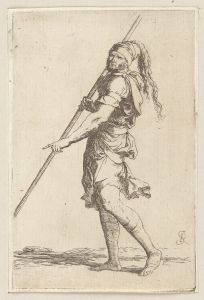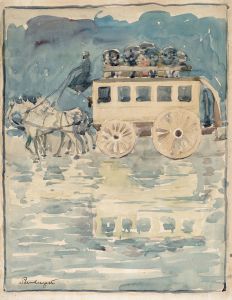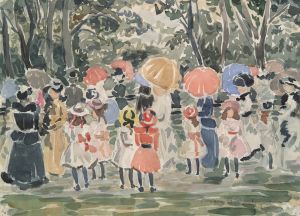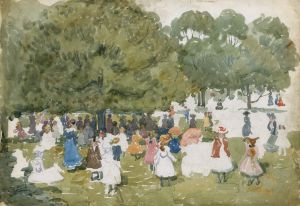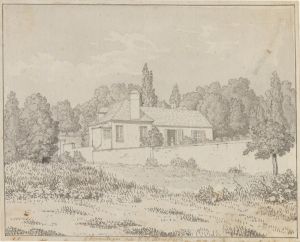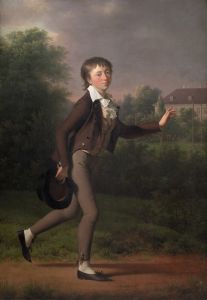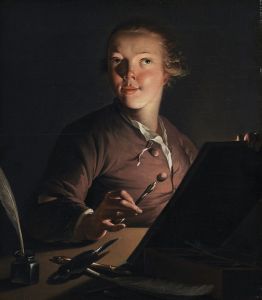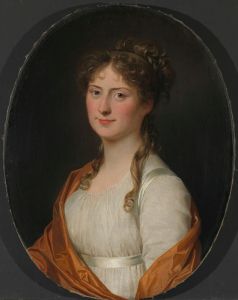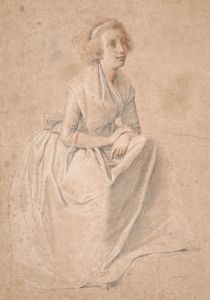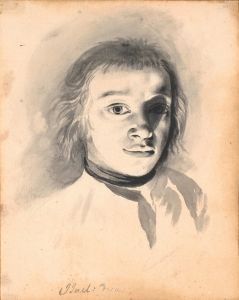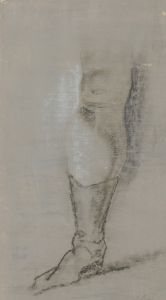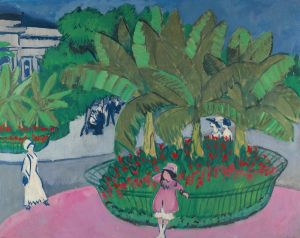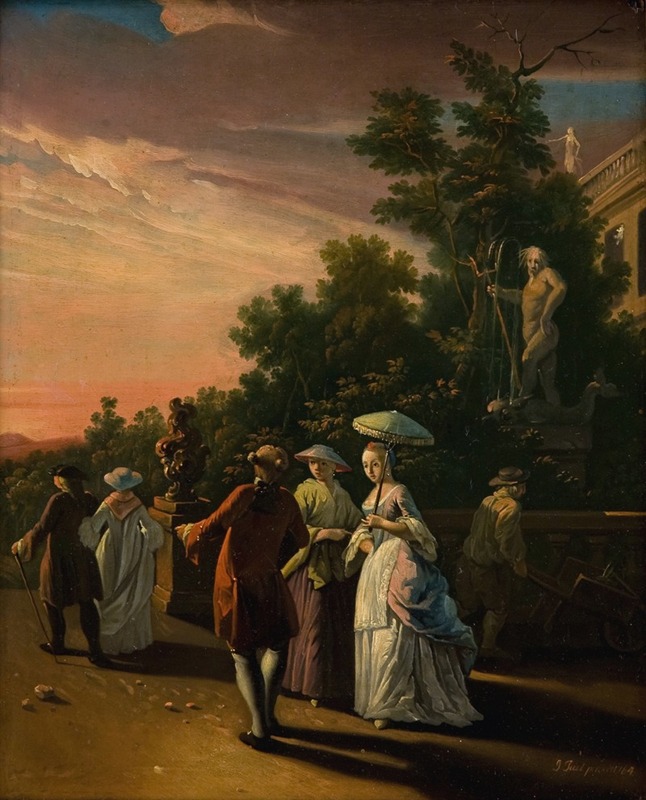
Promenading in a Park
A hand-painted replica of Jens Juel’s masterpiece Promenading in a Park, meticulously crafted by professional artists to capture the true essence of the original. Each piece is created with museum-quality canvas and rare mineral pigments, carefully painted by experienced artists with delicate brushstrokes and rich, layered colors to perfectly recreate the texture of the original artwork. Unlike machine-printed reproductions, this hand-painted version brings the painting to life, infused with the artist’s emotions and skill in every stroke. Whether for personal collection or home decoration, it instantly elevates the artistic atmosphere of any space.
"Promenading in a Park" is a painting by the Danish artist Jens Juel (1745–1802), a prominent figure in 18th-century Danish art. Juel is best known for his portraits and landscapes, which often reflect the ideals of the Enlightenment and the Rococo style. This particular work exemplifies his ability to capture the elegance and leisure of the Danish aristocracy during his time.
The painting depicts a serene park scene, where finely dressed figures are shown strolling amidst lush greenery. The composition highlights Juel's skill in portraying both natural landscapes and human figures with a sense of harmony and refinement. The use of light and shadow in the painting creates a tranquil atmosphere, emphasizing the leisurely activity of promenading, which was a popular pastime among the upper classes in 18th-century Europe.
Jens Juel was born in Balslev, Denmark, and trained at the Royal Danish Academy of Fine Arts in Copenhagen. He later traveled extensively in Europe, studying and working in cities such as Hamburg, Paris, and Rome. These experiences influenced his artistic style, blending Danish traditions with international trends of the time. Upon his return to Denmark, Juel became a sought-after portraitist and eventually served as the director of the Royal Danish Academy.
While "Promenading in a Park" is not as widely recognized as some of Juel's portraits, it reflects his versatility as an artist and his interest in capturing the cultural and social life of his era. The painting is an example of how Juel combined detailed observation with an idealized representation of nature and society.
The exact date of the painting's creation and its current location are not specified in available historical records. However, it is consistent with Juel's body of work, which often celebrated the elegance and sophistication of his subjects within idyllic settings.
This artwork contributes to the understanding of Jens Juel's role in Danish art history and his ability to depict the interplay between humanity and nature. It remains a testament to the cultural and artistic values of late 18th-century Denmark.






